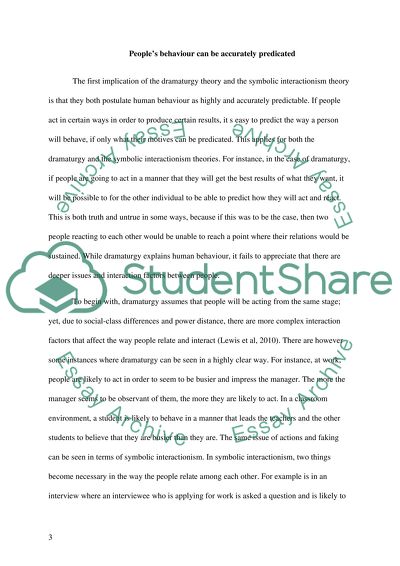Cite this document
(“Human behaviour. Symbolic Interactionist and Dramaturgical Approaches Essay”, n.d.)
Human behaviour. Symbolic Interactionist and Dramaturgical Approaches Essay. Retrieved from https://studentshare.org/sociology/1475736-human-behaviour-symbolic-interactionist-and-dramaturgical-approaches
Human behaviour. Symbolic Interactionist and Dramaturgical Approaches Essay. Retrieved from https://studentshare.org/sociology/1475736-human-behaviour-symbolic-interactionist-and-dramaturgical-approaches
(Human Behaviour. Symbolic Interactionist and Dramaturgical Approaches Essay)
Human Behaviour. Symbolic Interactionist and Dramaturgical Approaches Essay. https://studentshare.org/sociology/1475736-human-behaviour-symbolic-interactionist-and-dramaturgical-approaches.
Human Behaviour. Symbolic Interactionist and Dramaturgical Approaches Essay. https://studentshare.org/sociology/1475736-human-behaviour-symbolic-interactionist-and-dramaturgical-approaches.
“Human Behaviour. Symbolic Interactionist and Dramaturgical Approaches Essay”, n.d. https://studentshare.org/sociology/1475736-human-behaviour-symbolic-interactionist-and-dramaturgical-approaches.


